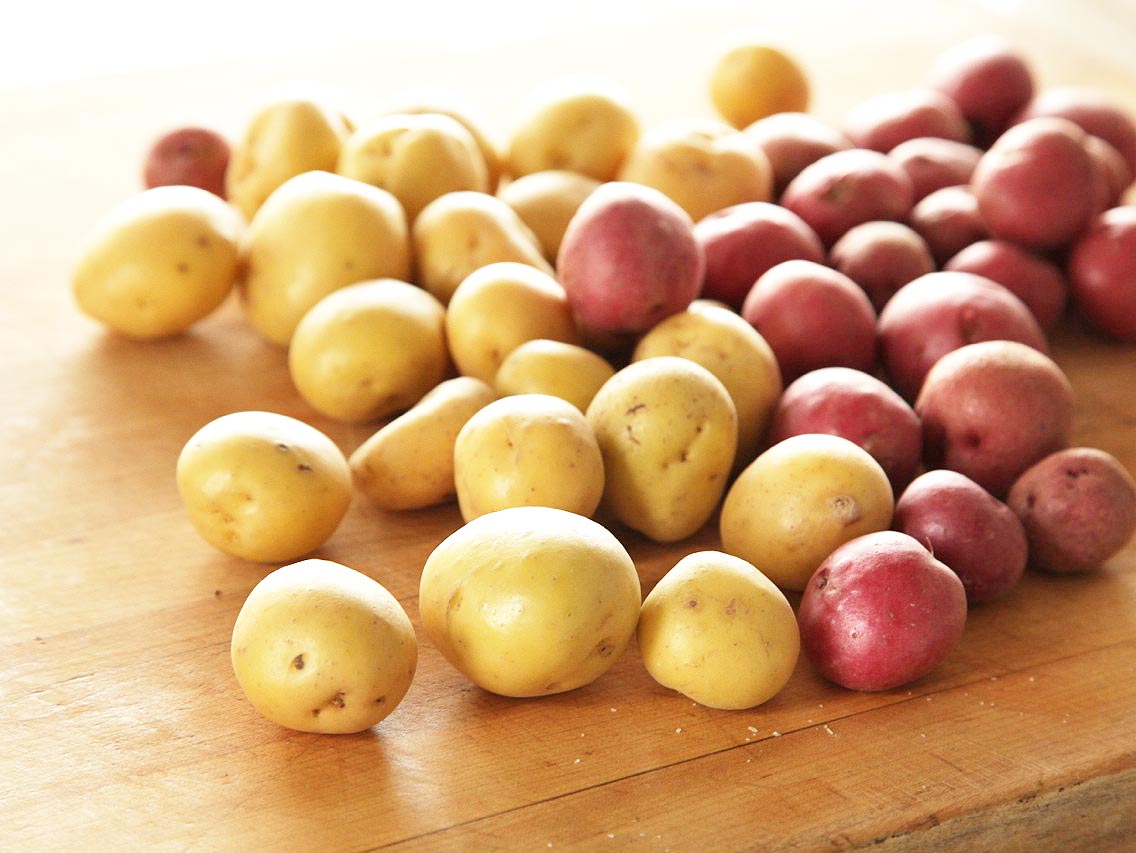SHARE WITH FRIENDS:
Potatoes are grown in temperate, subtropical and tropical conditions in more than 100 countries. This is in fact a “product of cool weather” and is the main limiting factor in temperature production: at temperatures below 10 ° C (50 ° F) and above 30 ° C (86 ° F) the growth of tuberculosis is prevented, with optimal yields. The average daily temperature is 18 to 20 ° C (64 to 68 ° F).
Therefore, potatoes are planted in temperate zones in early spring and in warm areas in late winter, and are grown in warm tropical climates during the coldest months of the year. In some subtropical highlands, mild temperatures and high sunlight allow farmers to grow potatoes year-round and harvest tubers 90 days after planting (in temperate climates, such as Northern Europe, this can take up to 150 days).
Potatoes are a very adaptable and adaptable plant, producing good yields without ideal soil and growing conditions. At the same time, it is exposed to a number of pests and diseases. To prevent the emergence of pathogens in the soil, farmers avoid growing potatoes there year after year. Instead, they grow potatoes at intervals of three or more years, replacing them with other similar crops such as corn, beans, and alfalfa. Crops prone to the same pathogens as potatoes (eg tomatoes) should be avoided to disrupt the development cycle of potato pests.

Notification: nova88
Notification: sbo
Notification: s̄incheụ̄̀xngeind̀wn mị̀chĕkhbūro
Notification: keltec 223 bullpup
Notification: sbo
Notification: you love Me
Notification: try here
Notification: แทง บอล ufabet
Notification: nǚ onanī
Notification: tibiwiki
Notification: สล็อต เว็บ ตรง